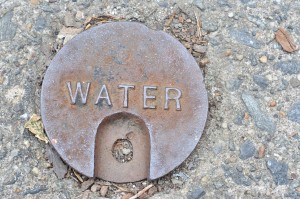Water Efficiency Education in Alabama
The Cahaba River provides half of the raw water for Birmingham, Alabama’s main drinking water utility, and summer withdrawals deplete its flow. The metro area currently has enough water supply during normal rainfall periods, but the region has been hit with droughts that require rationing. The Birmingham Water Board plans to add water supply to meet future growth needs, but this option could still add over $300 million dollars in capital debt into water rates, on top of rising sewer rates that are funding repairs needed to end raw sewage overflows. Increased water costs could impact business growth and put more strain on low-income residents. A different solution was needed.
Empowered by River Network’s trainings and informational resources in water efficiency and the water-energy connection, Cahaba River Society and an unusual combination of partners worked together to educate large volume water users about the value and best practices for a comprehensive approach to saving water. Working within the neutral space of what is now the Collaborative Environmental Network of Alabama, leaders from environmental, industrial, faith, business, utility, and water technology providers collaborated to create a joint presentation and speakers’ tour to share the approach.
The presentation focuses on the bottom-line business case: investing in water efficiency also saves energy and money, reduces risk, and has a payback period of two years or less. Local success stories in the presentation illustrate the value, variety and feasibility of water efficient practices and are updated as more projects come online. The proposed approach incorporates conservation, efficiency, and reuse in new building and retrofits.
The project made an impact in just a few short years by targeting large volume water users such as industries, universities, hospitals, churches, corporate campuses, and the development professionals who work with them. Often the presentation was jointly given by three people – an environmental leader, a business or utility executive, and a faith leader – which lent great credibility to the message.
The education project has encouraged major water users to try projects and to track and share results. For example, just three water efficiency/reuse retrofit projects, by the University of Alabama, Coca-Cola Bottling Co. United, and Alabama Power Company, have achieved combined annual savings of about $1.5 million and over 100 million gallons of water – equivalent to an entire day of peak water withdrawal from the Cahaba River. The Birmingham Water Board has seen water use drop even as growth occurs, allowing them to put the planned expansion project on hold for now. And the shared knowledge, communication and trust built among the education project partners helps them work effectively in other efforts, such as the current initiative to develop water policy for the State of Alabama.





